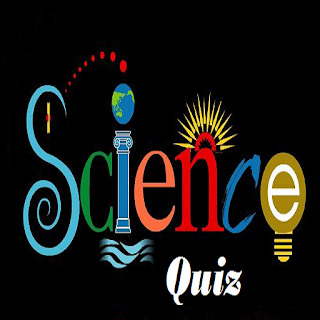ECLIPSE AND THE EUPHORIA
The partial solar eclipse on 25th
October, 2022 following Diwali has aroused much curiosity in the minds of the
people worldwide considering the fact that eclipses are generally the rarest spectacles of nature and the next solar
eclipse that would be visible to India is on 2nd August, 2027, almost five
years later. The solar eclipses, in particular, are rarest occasions because
they occur over a very narrow belt over the Earth which sometimes fall in the
inaccessible places like the seas or
mountains making their visibility to a populated region of the world very
remote.
This is the
second partial solar eclipse of the year after the eclipse of June 30 and should
be visible from Europe, western Asia and northeast Africa and from near sunrise time in Iceland to near sunset time in western
India. The eclipse was important
because of its visibility to India over a limited belt although for a brief
period mostly seen during the sunset. The eclipse should also be visible to
Odisha to a very brief period mostly during the sunset. Among the spectacular solar eclipses seen to
Odisha in near past was a Total eclipse on February 16, 1980 and a Partial
Eclipse of October 24, 1995. No Annular eclipse has been seen so far in Odisha
in near past. However the last two partial eclipses on December 26, 2019 and
June 21, 2020 were not visible to Odisha
owing to poor visibility conditions of the sky.
A solar eclipse usually occurs on a New
Moon day when the Moon lies between the Sun and the Earth in a straight line blocking
the Sun's rays to cast a
shadow on the Earth. While during a Total Solar Eclipse, the Sun completely
vanishes from the sky causing a temporary nightfall, a Partial eclipse, on the
other hand, is marked by an incomplete obstruction of the solar disc by the
Moon resulting in the diminishing daylight and fall of ambient temperature. However,
in an annular solar eclipse, the Moon only obstructs the central part of the
Sun leaving its fiery outer edge exposed resembling a ring of fire hanging in
the sky.
However, safe observation is at all necessary
to view the eclipse. Looking directly at the Sun with naked eyes or through
unprotected binoculars can cause eye damage and even can cause permanent
blindness. Traditional method of viewing the Sun in Haldi water, welder's glass
or with photographic films during the eclipse is highly unsafe and unscientific
as it does not cut off all the harmful ultraviolet and infrared radiations from
the Sun and, hence, should be avoided. Special filter glasses that cut off 99% of the Sun's visible
rays and block all the harmful infra-red and ultra-violet radiations can allow
us to view the celestial event safely. However, the best way to view the Sun
safely is to project its image on a screen with the help of a telescope or
binocular and observing the progressive stages of the eclipse there itself.
Grand
celestial spectacles are not generally welcomed in our dogma dominated society.
What really disturbing is the unchanging mindset of the people even in the
light of the convincing scientific evidences put forward to explain these celestial
phenomena. It is quite ridiculous to shut oneself indoors when a spectacular
and rare natural event is unfolding up over our backyard. We should not only
free ourselves from these bizarre beliefs but also develop a sense of
curiosity and a scientific mindset to unravel the mystery of nature.
Nikunja BIhari Sahu
Education Officer
Regional Science Centre
Bhopal
Phone : 8018708858
PHOTOGRAPHS




Comments
Post a Comment